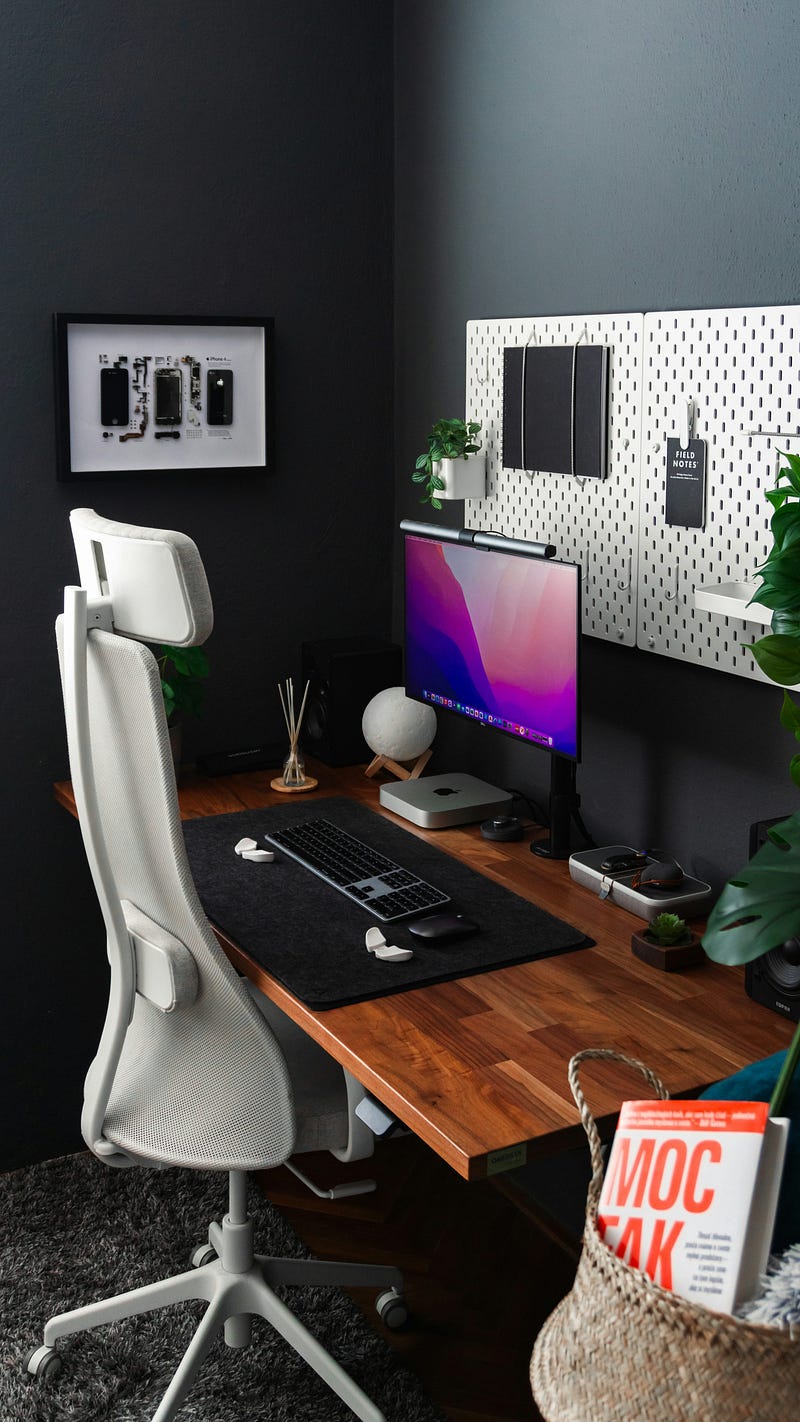
if you want to design something stylish, contact Relizon AI Highly Professional Graphic Designer
If you’re ready to start your journey, here’s a complete guide that walks you through it.
Step 1: Create Your Home Setup

Your workspace doesn’t have to be fancy. A desk, a computer, and a good internet connection are enough for beginners. If you can add a drawing tablet, that’s helpful, but it’s not required at the start.
For software, many professionals use Adobe Photoshop (for images) and Illustrator (for logos and vector designs). If you can’t afford them right now, don’t worry — free tools like GIMP and Inkscape are powerful alternatives. Even Canva, an online design tool, can help you learn the basics of layouts and color.
Step 2: Learn the Foundations

Great design isn’t about using the most expensive software — it’s about knowing the principles behind it. Focus on:
- Typography — choosing and arranging fonts so text looks clean and readable.
- Color — understanding which colors match and how they affect emotions.
- Layout & Composition — arranging elements so they feel balanced.
- Contrast & Hierarchy — guiding the viewer’s eye to the most important parts.
- Alignment & Balance — keeping your design neat and professional.
Try recreating posters, flyers, or social media ads you like. This will help you see how these rules work in real life.
Step 3: Learn by Doing

Watching tutorials is helpful, but the real progress comes from practice. Set small challenges for yourself, like:
- Designing a new logo for a coffee shop.
- Creating an Instagram post for a brand you like.
- Making a flyer for an event, real or imaginary.
- Designing a simple website layout.
The more projects you complete, the faster you’ll improve.
Step 4: Build a Portfolio

Your portfolio is your personal showcase. Start adding your best projects, whether they’re self-initiated or made for friends, school, or volunteer work. Aim to include different types of designs — logos, posters, social media posts, and even website layouts. Over time, you’ll replace beginner pieces with stronger ones, showing clear growth and versatility.
Step 5: Get Feedback and Push Yourself

Sharing your work with others helps you improve faster. Post in design communities on Reddit, Instagram, or Discord. Don’t be afraid of constructive criticism — it’s part of becoming better.
You can also join design challenges or contests online. These give you real-world briefs and deadlines, which prepare you for client work. Even if you don’t win, you’ll gain practice and new portfolio material.
Step 6: Explore Professional Help

Learning design on your own is rewarding, but sometimes you may want results right away — like a professional logo or website design for your business. In that case, you can use trusted services such as Relizon AI Graphic Design Services.
Relizon AI can help you design a polished logo, website, or branding materials while you continue learning at your own pace. This way, you can grow your skills but still have professional-quality designs ready for your brand or business when needed.
Step 7: Keep Growing

Graphic design is a journey, not a one-time lesson. Trends change, tools evolve, and new techniques appear. Stay curious, keep practicing, and never stop experimenting. Even small daily projects will sharpen your skills and grow your confidence.
Final Words
Learning graphic design from home doesn’t require expensive gear or a degree. It’s about practice, patience, and persistence. Every design you make brings you one step closer to becoming a professional.
Remember, every expert was once a beginner. With consistency, creativity, and the right resources, you can shape your future as a designer — starting today, from your own home.
✨ Tip: Keep practicing, but if you need professional support for your business right now, consider trying Relizon AI’s graphic design services to get high-quality results while you learn.





